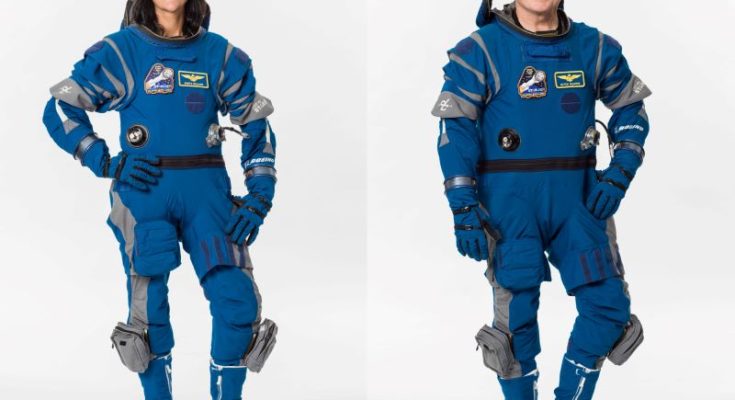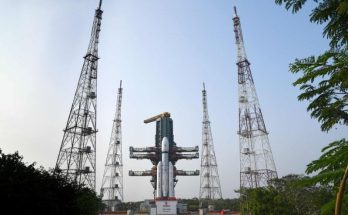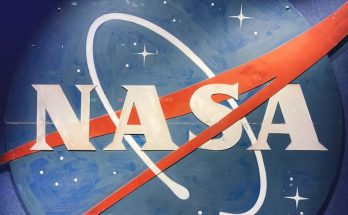#NASA, #ISS, #SunitaWilliams, #SpaceX
IBNS-CMEDIA: A SpaceX Crew-9 mission reached the International Space Station on Monday in their bid to rescue NASA astronauts Sunita Williams and Butch Wilmore who are currently stranded in space.
The two astronauts will be rescued next year in February.
Sunita Williams and Butch Wilmore’s initial plan of staying in the ISS for eight days has now changed into a journey of eight months.
NASA astronaut Nick Hague and Russian cosmonaut Alexander Gorbunov boarded the station amid a warm welcome from other colleagues.
“This mission required a lot of operational and planning flexibility. I congratulate the entire team on a successful launch today, and godspeed to Nick and Aleksandr as they make their way to the space station,” said NASA Administrator Bill Nelson. “Our NASA wizards and our commercial and international partners have shown once again the success that comes from working together and adapting to changing circumstances without sacrificing the safe and professional operations of the International Space Station.”
During Dragon’s flight, SpaceX will monitor a series of automatic spacecraft maneuvers from its mission control center in Hawthorne, California. NASA will monitor space station operations throughout the flight from the Mission Control Center at the agency’s Johnson Space Center in Houston.
The crewmates will conduct more than 200 scientific investigations, including blood clotting studies, moisture effects on plants grown in space, and vision changes in astronauts during their mission.
Following their stay aboard the space station, Hague and Gorbunov will be joined by Williams and Wilmore to return to Earth in February 2025.
“With this mission, NASA continues to maximize the use of the orbiting laboratory, where people have lived and worked continuously for more than 23 years, testing technologies, performing science, and developing the skills needed to operate future commercial destinations in low Earth orbit and explore farther from Earth,” read a statement issued by NASA.
Research conducted at the space station benefits people on Earth and paves the way for future long-duration missions to the Moon under NASA’s Artemis campaign, and beyond.




